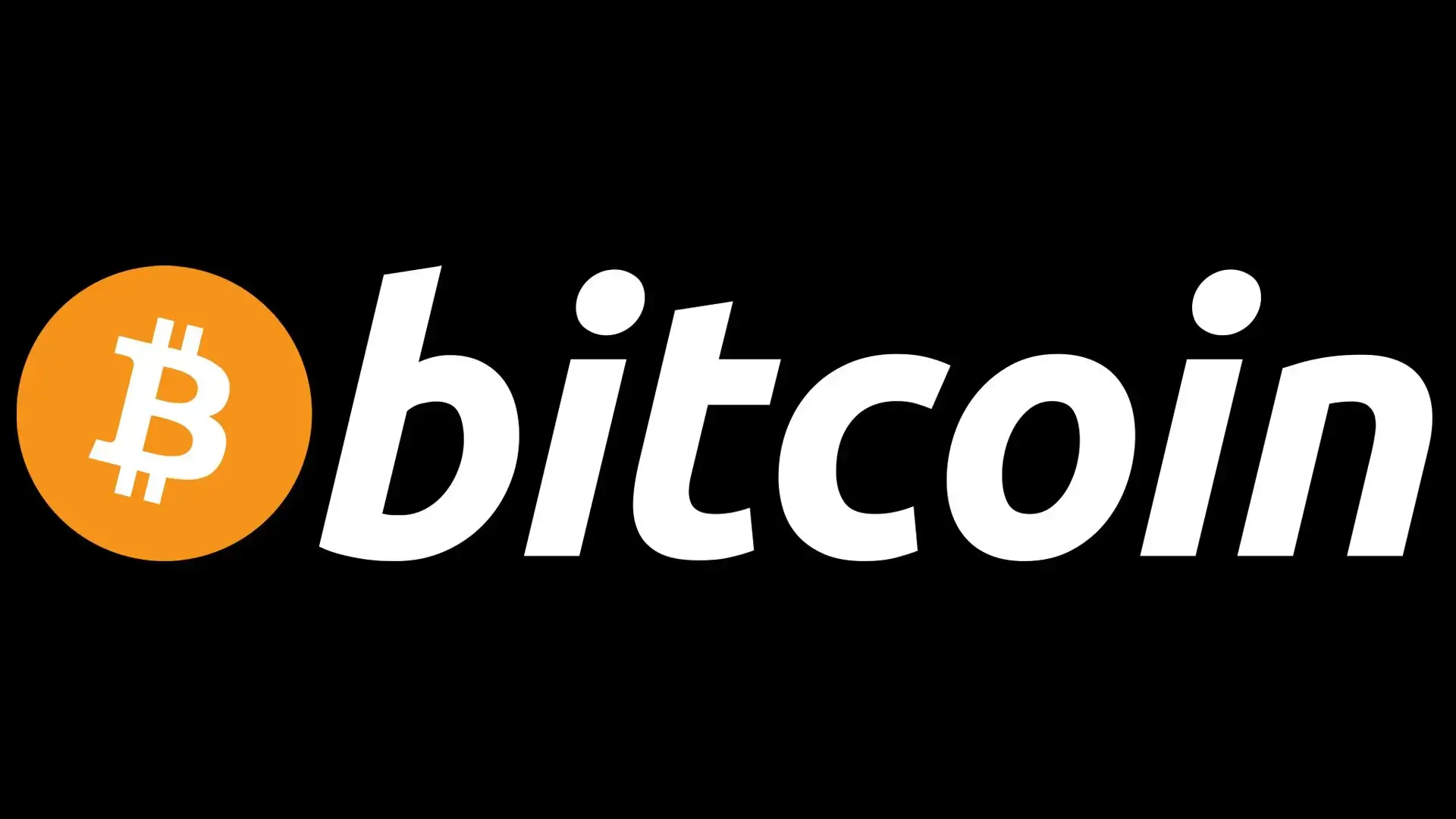Masternodes, also known as full nodes, provide unique features and enable specific features to a blockchain network. You are more likely to see a masternode as part of a proof of stake blockchain but they do however occur on other blockchains. Some Proof-of-Work blockchains also have masternodes. The most common use of a masternode is to provide consensus to the network as to the state of a given blockchain. In other words, it fulfils the role of an auditor signing off the company accounts.
You have to make an investment and stake funds on a network to become a masternode operator. In return, you will receive a consistent income from the network, which may be profitable if the network is popular and has a lot of transactions being processed.
In this post, we look at:
- What is a Masternode?
- Why do Some Blockchains have Masternodes?
- Pros and Cons of Full Nodes
- How to set up Your Masternode
- Can you make money with a Masternode
- Conclusion
What is a Masternode?
We must first explore the different roles in a blockchain to properly understand what a masternode is.
When a user installs a wallet to access and manage their coins, this is known as a node or access point to the network. The user will be able to send and receive funds, maybe sign transactions and keep a simplified (partial) or complete copy of the blockchain. This all depends on the type of wallet but is true for most of them.
In contrast, not only do masternodes store a full copy of the blockchain but they also provide specialised functions to all members of the network. As an example in the Dash network, this would be enhanced privacy and instant fun transfers. Other tokens may present you with budgeting or treasury systems. In most cases, a masternode operator also has voting rights. This may relate to proposals for modifying the consensus algorithm, altering the block size or reward and many other network-wide change proposals.
Why do Some Blockchains have Masternodes?
Some blockchains make use of mining to provide consensus on the network and others for example the G999 blockchain make use of masternodes. Distributing the decision making power to the community is sometimes a great way to get a project going. Many of the original projects running full nodes found success because the community felt they were a part of the project with skin the game.
The Difference Between Masternodes and Mining
You need to make a substantial investment in hardware if you wish to mine cryptocurrency. Conversely operating a masternode does not require you to make a large investment in hardware or spend a lot of money on electricity.
Both approaches primarily provide consensus on the network. You can calculate the return on investment using a calculator that takes into account the cost of electricity, hardware and other variables which have an impact. The same is true for calculating mining profitability using masternodes. In this case, you do not need to provide any information on the variables as the information is available on the network already.
Pros & Cons of Full Nodes
The main benefits of running a masternode are:
- There is less environmental impact compared with a proof of work system like Bitcoin
- You can operate a set and forget policy. Once the setup is done, you do not need to do any further maintenance or management
- You do not need to restart a server or transfer money to do an update
- You do not need to spend your crypto, rather you lock it up, so it still belongs to you, you simply can not use it
The drawbacks to consider are:
- Larger amount of investment required to run a masternode
- There is a possibility of losing your coins due to hacks or scam projects
- Long-period waiting for the return of your originally locked funds
How to set up Your Masternode
You can set up a masternode using either hot or cold wallets. Each option has its benefits and disadvantage. In summary, we use hot wallets every day. Cold wallets on the other hand are best suited to hold and store long term with increased security. Hot and cold masternodes share the same attributes.
Hot Setup
You will find this place is pretty straightforward. First, you will need a Windows or Linux server (Virtual Private Server) or a dedicated PC with a static IP address. Next, you will need to install your wallet and synchronise the complete blockchain. Once you have completed the setup you need to fund the hot wallet address with a specific amount of coins. You have to send the exact amount, it’s very specific. The network may not confirm you as a masternode operator if you don’t.
Your next step is to configure your wallet file, encrypt it and make a backup of everything. You have to do this to avoid any chance of being hacked or losing access to your funds. Unfortunately, as with all hot wallets, your fans are online and therefore vulnerable to Attack. Your VPS provider can track your information and access your file system, hence the next best thing is to take advantage of cold staking.
Cold Setup
You will require two wallets for this type of configuration. One for your VPS server (hot wallet) and one for your local machine [ cold wallet ]. With this method you are not storing any coins on your VPS and as such will be maximizing the security of your funds.
You use the local wallet on the local machine to store your private keys and this also allows you full control over your points. The premises that you delegate the day-to-day operation to your hot wallet, which is online 24/7 and effectively represents you on the network. This approach allows you the best of both worlds, where you have all day availability and a higher level of security.
Can You Make Money?
Everyone has this down as their number one question. Very few people care about the mechanics, almost all the questions we receive are related to earning. This is most likely a result of “wealth creation” experts preaching about passive income. It is quite strange how people believe they can “buy a box” that will make money. If this was the case everyone would do it and no one would do any work!
How doe the network reward masternode operators?
Each coin will have its own rules that govern the reward system. Some networks will have miners running alongside master notes whereas others will have stakers. Your first enquiry should be how the rewards are split between participants. You will receive a percentage of every block reward as a master node operator. This is because you enable specific functions on the network and also verify transactions.
When evaluating the rate of earning a reward you have to consider many factors. This will include the number of miners/stakers participating in the network. Furthermore, the number of Masternodes, the consensus algorithm, validation rules and more. Your node will need to be online 24/7 to support the network and be eligible for earning rewards.
How do you get paid?
Each network will have its own approach towards pay-outs. Some will distribute rewards multiple times a day, others may only pay masternode operators once a day. Your eligibility will require your node to be online and your coins will have to be locked. The network will send the rewards directly to your wallet. They do not make out a part of your locked assets.
Is operating a full node different from staking?
The simple answer is yes. When staking coins you can still interact with them to a certain extent. For example, you can split them into smaller batches. You lock the full amount when you run a masternode. Furthermore to establish a masternode will require a sizeable investment from you.
On the other hand, unlike staking, where earning a reward is more like a lottery, masternodes guarantee an income.
Conclusion
The majority of tokens in the crypto space are shitcoins. You must consider two main cost elements if you want to run a masternode. Firstly you either need to own the hardware on which will be running the software, or you will need to pay hosting fees to a virtual server hosting provider. Secondly, you will have a capital cost associated with buying the tokens which you will be staking.
It is very difficult to predict whether you will make money as a masternode operator. your success depends on the value of the coin and the cost of operating your masternode. Consequently, it is safe to assume that only the operators of full nodes in popular projects make a decent return on investment. You should only get involved with operating a full node if you have a vested interest in the project or have above-average knowledge of the cryptocurrency industry.
Do you want to operate a masternode? Have you been successful in operating a masternode? Please leave your comments below!







